Route of the White Villages
Located in the south of the Iberian Peninsula in the extreme south-west of Andalusia, in the province of Cádiz, The Sierra de Cádiz-Pueblos Blancos region is connected to the Bay area and the Costa del Sol by the A-382 and with Seville by the A-473.
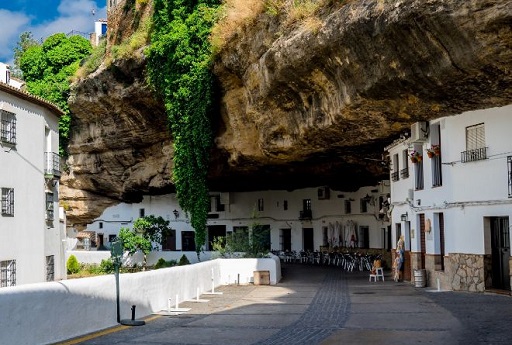
SETENIL DE LAS BODEGAS
The first stop is this beautiful town, with corners full of magic and mystery. The most characteristic of this beautiful town are the husks inside the establishments and houses, For this reason, we recommend taking a pleasant walk through its streets..
Direction: Setenil de las Bodegas
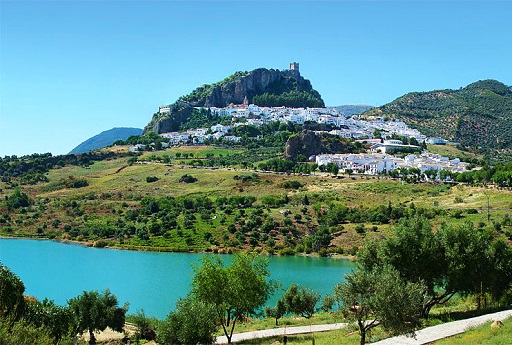
ZAHARA DE LA SIERRA
It is a privileged enclave with a viewpoint to appreciate all the wonderful surroundings, located in the center of the Sierra de Grazalema Natural Park, between the Guadalete and Bocaleones rivers.
Direction: Zahara de la Sierra
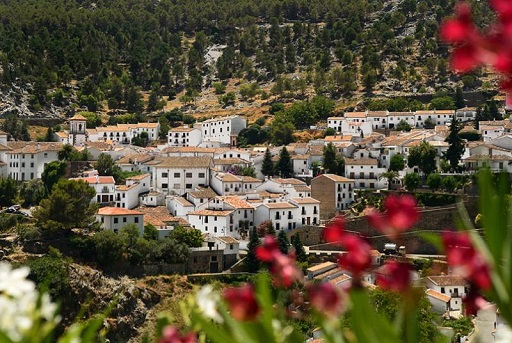
GRAZALEMA
It is located in the Sierra de Grazalema Natural Park, It is one of the towns with the most natural wealth, in addition to being recommended for lovers of hiking trails. The central plaza area is full of restaurants, bars and terraces for tapas.
Direction: Grazalema
Sanlucar de Barrameda – Route in one day
There are few cities that offer as much to do as Sanlúcar de Barrameda. Its location right at the mouth of the Guadalquivir river makes it a unique space, in addition to its cellars, horse racing and its wonderful seafood. By car from Cádiz there are some 48 kilometres, with easy highway access.
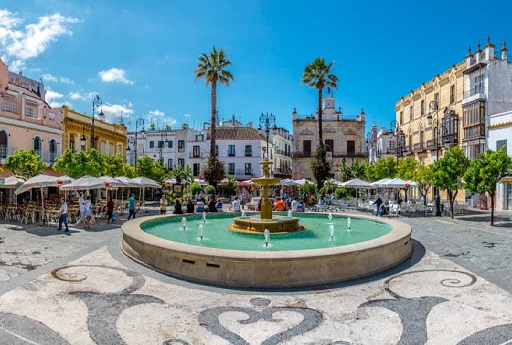
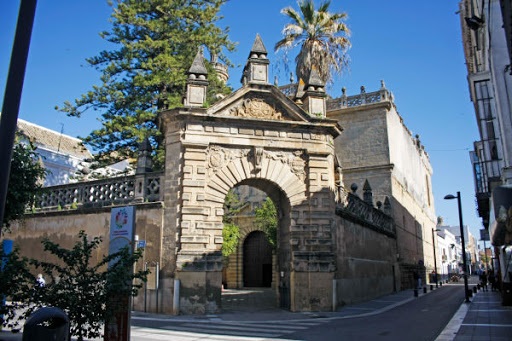
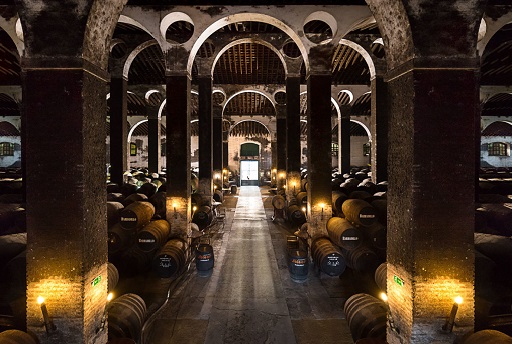
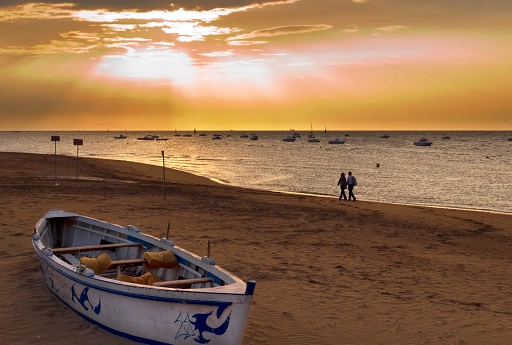
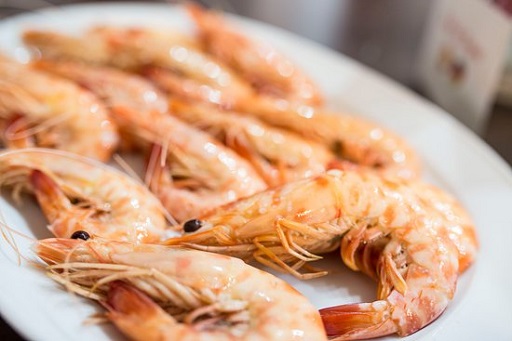
Cabildo Square
In this place you can enjoy the authentic local atmosphere. The square is quite large and is set up around a large fountain.. There are lots of bars, restaurants, and terraces where you can enjoy its rich gastronomy and good weather.
Church of Our Lady of the O
This church was ordered to be built by the 1st Countess of Medinaceli, granddaughter of Guzmán el Bueno. Date of XV century, being its style is Gothic Mudejar although over time elements have been added. It is worth highlighting its façade in Andalusian Mudejar style as well as the upper body of the church, work of Alonso de Vandelvira. On its facade you can see a sundial.
Ducal Palace of Medina Sidonia
This building dates back to the 11th century, in Almoravid times, but it has undergone many changes over the centuries until the 19th century. It has many interesting elements inside, such as the flowery Gothic-style bars on the main façade., its furniture and pictorial ensemble. It is necessary to highlight its Hall of Columns, Hall of Ambassadors or the arcaded gallery of the garden dating from the 16th century.
Las Covachas and the Abastos market
This place was the old market of merchants of the city. Currently there are only 10 orgival arches of those that existed in the past and its style is Gothic. It was ordered to be built in the 15th century by the II Duke of Medina Sidonia and next to the Covachas it was built, In XVII century, a food market and currently, despite having been reformed over the centuries, still stands.
Santo Domingo Parish
It is one of the most beautiful in the region., and was built in the 16th century, Renaissance and Mannerist style, totally stone.
Castle of Santiago
Following the route through the city we reach another point of interest in the city: the castle of Santiago. It was built by the II Duke Don Enrique, in the fifteenth century in Gothic style. As a curiosity, It was in this castle that Queen Isabella the Catholic was able to contemplate the sea for the first time. What's more, it is possible to visit it.
Schedule: can be visited from Monday to Saturday 10 a 15:00 hours and of 17 a 19:00 hours and sundays 10:00 a 15:00 hours.
Wineries and Manzanilla Museum
Obviously talking about Sanlúcar is talking about wine. chamomile, the fine, the smelly, amontillado or muscatel are just some of them. There are many varieties of wines to try in this Cadiz region and how could it be otherwise, if you want to learn more about them, you have to pay a visit to the Manzanilla Museum. The Museum was founded by Barbadillo in the 19th century where you can learn about a unique denomination of origin such as D.O.. Manzanilla-Sanlúcar de Barrameda in addition to others such as D.O.. Jerez – Xèrés-sherry, Brandyd Jere, Sherry Vinegar or Wines from the Land of Cádiz. There are numerous wineries that you will be able to in Sanlúcar: Bodegas Argueso, Barbadillo, Bodegas Hidalgo La Gitana or La Cigarrera are some of them and in almost all of them they usually make visits that include a tasting of their products..
Under Guide
This Sanlúcar neighborhood is an interesting gastronomic point where you will find numerous seafood and fish restaurants. It is also a beach area as well as the boarding place for all the devotees in the Romería del Rocío. In addition, visits to the Doñana National Park depart from here from its Interpretation Center 'La fabrica del Hielo'. Seeing the sunsets from here is an experience that you cannot miss.
Balbino House
It is considered as the Shrimp Tortillitas Temple, a must for anyone who passes through Sanlúcar de Barrameda. It is known around the world, above all, because it is a dish that is not frequent in most bars.
Direction: Cabildo Square 14
Schedule: Monday to Sunday from 12.00 a 17.00 and of 19.00 a 24.00
Phone: 956 360 513
Ibense Ice Cream Shop
It is a legacy of more than five generations, reflected in each of the products that this establishment offers every day. Taking special care in the choice of ingredients, always fresh.
Direction: Ancha street 1
Schedule: Monday to Sunday from 8.30 a 23.00 h.
Phone: 696 719557
The port of Santa Maria and Puerto Sherry
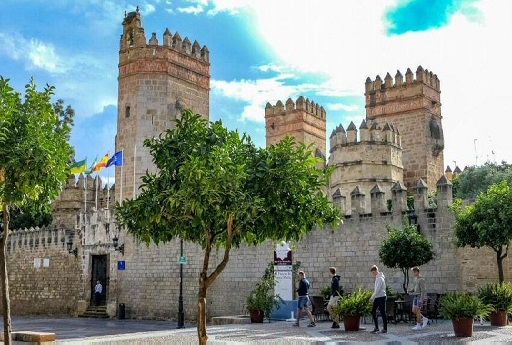


Basilica of Our Lady of Miracles
The main church of El Puerto de Santa María is the Minor Basilica of Our Lady of Miracles, which was completed in the Gothic style at the end of the 15th century. On your walk through this Cadiz town you will find it in the Plaza de España, and in it you will see that what was to be its main facade, now known as the Gate of Forgiveness, it was not finished. An earthquake occurred in 1636 caused the main nave to collapse in such a way that the building was in a very bad condition. That is why it had to be rebuilt, work that was finished in 1671 and during which its great side cover was opened, known as the Puerta del Sol, which overlooks the aforementioned Plaza de España.
Rafael Alberti Foundation
Rafael Alberti was born in Puerto de Santa Maria, Therefore, during the visit to this Cadiz town, you will be able to see what was his family home during his childhood.. Of the two buildings that made up his home, currently one of them houses the headquarters of the Rafael Alberti Foundation. In this enclave that is going to become a municipal museum, the donations made to the city by the famous poet are preserved., one when I return from exile in 1979, and another when its foundation was created in 1994.
Courtyards of the Palace Houses
In addition to the monuments mentioned above, A must-see in Puerto de Santa María is to see one of the patios of the numerous palace houses that extend through its historic center. These are historic houses of the old merchants and shippers who settled in the city during the time of trade with America.. Most of them, currently, they are private though, there are others that house public establishments that can be visited.
Bodegas Osborne
Already entering the gastronomic field, If there is a classic visit among those who travel to El Puerto de Santa María, that is the Bodegas Osborne. It is a large winery complex that was created in 1800 that every year receives thousands of visitors, which five years ago was conditioned for the visit of tourists. In this way, now in the standard visit you can tour an old winery equipped with training spaces, in whose barrels wines are aged by the hatchery and solera system for more than 40 years. You will also visit the Osborne Bull Museum, located in another old warehouse where everything related to the history of the famous bull that you can see on the roads of Spain is shown.
Las Lagunas del Puerto Natural Park
If you are passionate about nature, in Puerto de Santa María you also have the opportunity to enjoy it walking through the natural park of Lagunas del Puerto. It is a protected natural area with a great wealth of birds, where in one of its three lagoons you can even see flamingos. A project is currently being developed to enable access and facilitate visits, which is framed in the wine tourism route that extends from Jerez to Rota.
Visit Vejer and Arcos de la Frontera
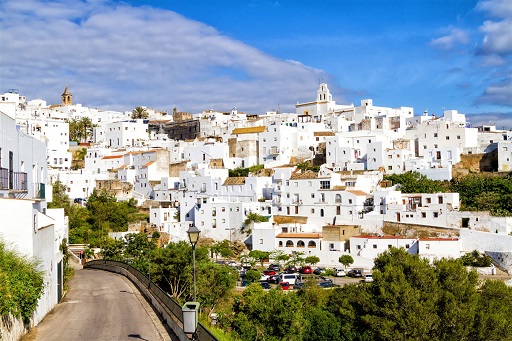
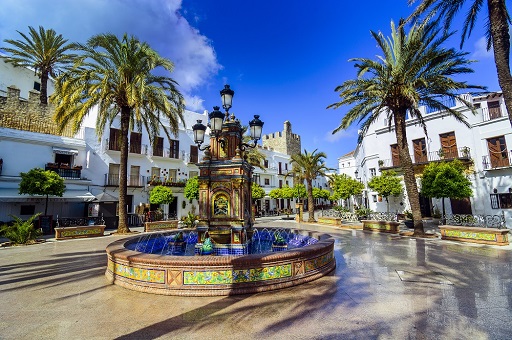
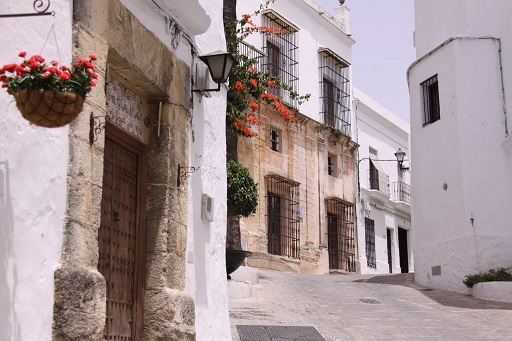
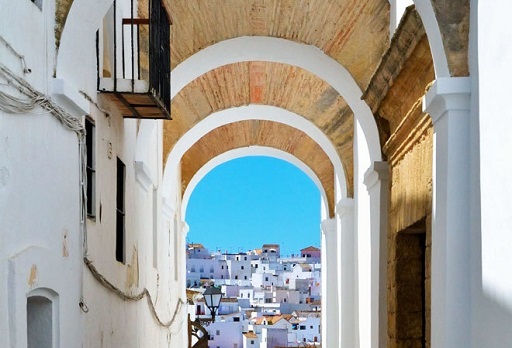
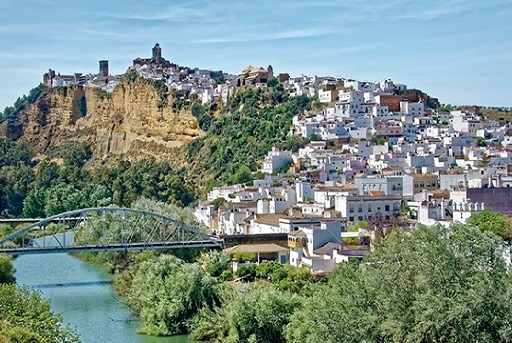
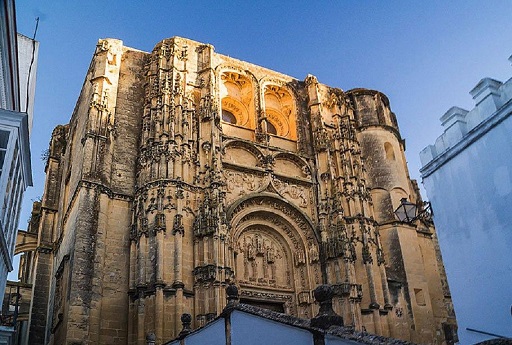
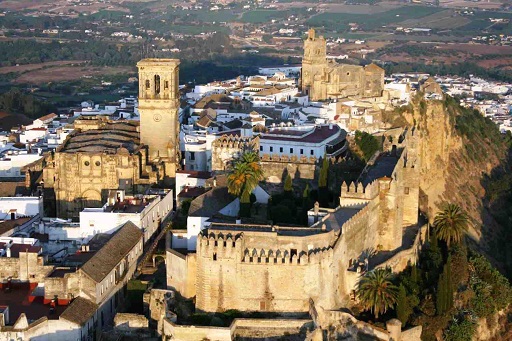
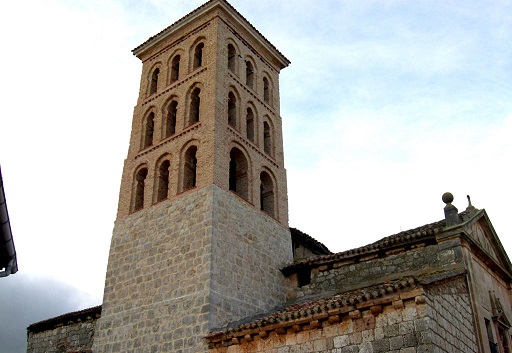
Vejer de la Frontera
It is a municipality in the province of Cadiz, situated on a mountain 200 meters high, on the banks of the river Barbate, just 8 kilometers away from the coast. Its economy depends directly on agriculture and tourism, so every corner of this small town is more than taken care of. It is one of the most charming white towns, its walled historic center still preserves the castle and several churches, and was declared a historical and artistic complex in 1976.
We provide an itinerary for a walking route through the main monuments of the town:
Point: The Sliding
Our starting point is La Corredera, and turn this into one of the most charming walks in town, where you can also see a beautiful landscape, from which Medina Sidonia is seen, and incredible natural landscapes.
From the Corredera to the Plaza de España
Further on is the Arch of Sancho IV, and after this, the House of Mayorazgo, where the Torre del Homenaje from the 18th century is located. Over there, it is possible to enjoy incredible views of the historic center of Vejer. Once out of the house, next to the arch, some old stairs lead to the Plaza de España. Definitely, one of the most famous squares with the most personality in the province of Cádiz. Meeting point where old-timers and tourists sit down to rest, chat or have a beer in some of the terraces of the bars that surround it. The ornamental fountain is characterized above all by the color of the decoration, Sevillian tiles with aquatic motifs and frogs from whose mouth jets of water flow. It is surrounded by the Town Hall and several narrow streets painted in pristine white; the best known, Old Chair Street, a beautiful street, charming and full of flowers, especially geraniums, of all the colors. A typical Andalusian alley, which has won several times the annual contest of Andalusian patios in the town.
Stroll through the picturesque streets
Crossing the Arch of the Villa, on José Castrillon Street, to the right it is possible to find another of the spectacular viewpoints that characterize the town, and from which you can see the Plaza de España in all its splendor.
Next, Calle Eduardo Shelly leads to Calle Badillo, a beautiful and old white alley that connects again with the end of Calle José Castrillón. On the right, the Walls of the Segur, which had strictly military functions, and a little later, the Segur Arch, which was the main entrance to the town. Both built at the end of the 15th century, in the time of Enrique de Guzman, 2nd Duke of Medina Sidonia.
once in the bow, the stairs on the left, will lead to the Parroquia del Divino Salvador, built on an old mosque. Going down the stairs of this, Calle de Nuestra Señora de la Oliva connects with Calle Ramón y Cajal, where the most famous and most photographed arch in Vejer is located: the Arch of the Nuns, located next to the Old Convent of Concepcionistas. Just beside, the castle, built by the Arabs in the 9th century in the highest area of the town, the fortress was located there, belonging to the Dukes of Medina Sidonia until the end of the S. XIX.
The iconic image of Vejer
Leaving the Castle and crossing the Arco de las Monjas, a beautiful walled enclosure called the Barrio de la Judería leads to the Arco de Puerta Cerrada, where the most emblematic viewpoint of Vejer is located, the one from La Cobijada.
To end the tour, The best thing is to finish walking the Calle de la Judería and go out towards Calle Trafalgar, a beautiful route that will lead to some stairs that lead to the Paseo de las Cobijadas. A place with magnificent views of places like rural Vejer, Barbate, Los Canos, Zahara de los Atunes, and even Morocco, with magical sunsets that will make anyone fall in love with what is already known as one of the most beautiful towns in Spain.
Arcos de la Frontera
Gateway to the Route of the White Towns, Arcos is considered one of the most beautiful towns in Spain. There are traces of its first prehistoric and Roman settlers in the Sierra de Aznar site, but to whom the city owes its imprint and current appearance is to the Muslim culture.
Through very narrow and steep streets and under ancient arches, the visitor approaches its old town, declared a Historic Site, where monumental jewels such as the Castle of the Dukes are preserved, the Matrera Gate and the remains of the walled enclosure, its palaces and stately homes, the Basilica of Santa Maria, the Church of San Pedro, in addition to numerous temples, chapels and convents.
We provide an itinerary for a walking route through the main monuments of the town:
Basilica of Saint Mary of the Assumption
Built in the 15th and 16th centuries on the site of the old Muslim mosque, it is the main church of Arcos. It is one of the best Gothic temples in the province of Cádiz, although it also mixes Baroque and Renaissance elements. It is necessary to highlight the interior its numerous works of art, the main altarpiece, the choir and the baptismal chapel with the table of the Virgin of Bethlehem.
Cabildo Square
You have to make a little effort to go up to this square, in the highest part of Arcos. This square was the old parade ground of the walled enclosure. In it we find some of the main attractions of the population, like the Parador de Turismo, the Church of Santa María de la Asunción and the castle. We also have the Peña Nueva viewpoint, one of the best balconies in Andalusia from which you can see a wide panoramic view of the surrounding valley.
Arches Castle
Located in the Plaza del Cabildo, next to the old basilica, it is of Muslim origin although extensively reformed in the fifteenth century. It belonged to the Ponce de León family and has the Torre del Homenaje and the Torre del Secreto. We can also visit the interior (the castle is today in private hands) to see the Patio de Armas. Impressive views from the battlements of the fortress.
St. Peter's Church
Going down from the Plaza del Cabildo we find this church, the second most important in Arcos. It was built in the 14th century in the Gothic style and, unlike the others, looks like a fortress. The tower of the facade is from the XVIII, and from its interior we must highlight the main altarpiece of 1547, possibly one of the best in Andalusia. You must also visit the choir, the baptismal chapel and the chapel of the Virgen de los Remedios.
Saint John of God Hospital
Considered the oldest hospital in Arcos, since it was built in 1490, I recommend you visit the interior of his church. There we will see one of the most spectacular altarpieces in the province of Cádiz, in which the Christ of the Vera Cruz is venerated, mid-16th century carving, the oldest in Arcos.
San Miguel's Church
Its current appearance dates back to the 18th century., when it replaced the old hermitage that already appeared under the invocation of San Miguel, sunk in 1684 because of the rains. The former was built in the 15th century on top of an old Muslim tower and, besides church, it was a children's hospice. Located on San Miguel street, to the left of the slider, today it is closed to worship and is used as a conference room and exhibition hall.
Mayorazgo Palace
Arcos is also a land of palaces, but this is definitely the best. Located in front of the Church of San Pedro, It was built in the 18th century as the residence of the Ayllón de Lara family., and later passed into the hands of the Núñez de Prado. Its two magnificent patios and the garden at the back must be highlighted., known today as the Andalusian Garden. It currently houses the House of Culture, so you can visit during business hours.
Jerez de la Frontera
Next we are going to highlight some activities to do during the visit of Jerez, beyond an essential visit to a winery.
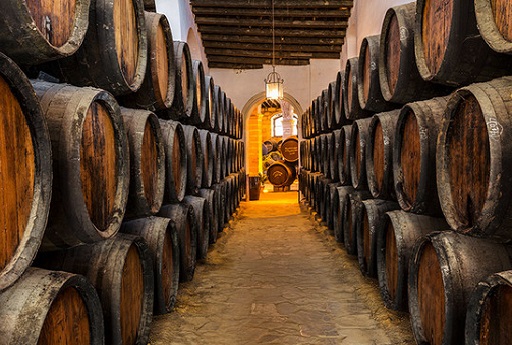
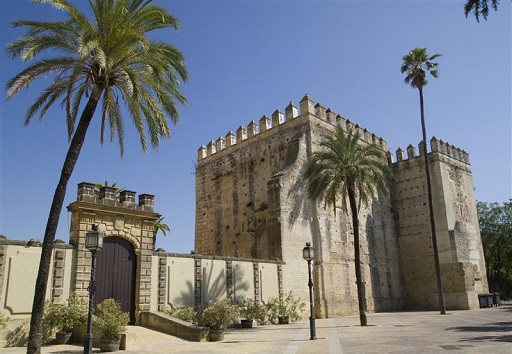
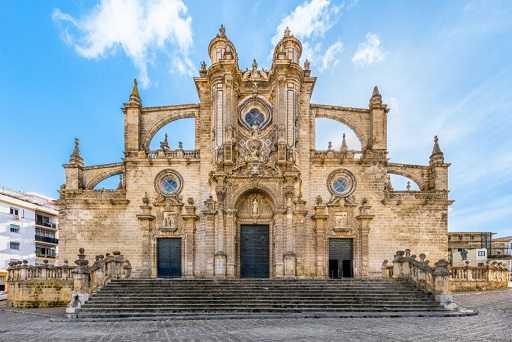
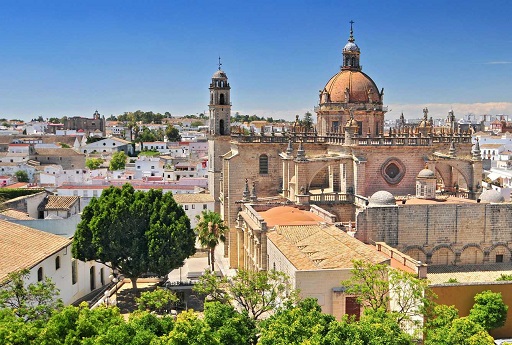
Sherry Wine
Jerez de la Frontera is synonymous with wines, It is believed that they have been made since the year 1100 a.C. The geographical situation of the city, the sun and its limestone soils, favor the production of a variety of grape called palomino, that becomes a unique product: the Jerez. It is under the Regulatory Council of the Denomination of Origin Jerez-Xérès-Sherry. We cannot forget the sherry vinegar.
In the city there are many wineries where their wines are made and stored. You can visit most of them and also taste their varieties in the restaurants and bars in the area.. The best known are for example Álvaro Domecq, Founder, Garvey, Sanderman or Gonzalez Byass with his famous Uncle Pepe. Next to the alcazar, there are the González Byass wineries that you can visit and in which they explain the process to you by touring part of their vineyards on a little train, you can taste some of their products, and even if you are lucky you will see some little mice that live there, climbing a ladder to drink wine.
Alcazar of Jerez
The Alcázar de Jerez is a defensive complex surrounded by a wall with large towers and gates, formed by a fortress-palace, mosques, toilets, gardens and patios. A small city that had great military and political power, built in the 12th century as the residence of the Sevillian caliphs. It is one of the few Almohad buildings that are preserved in Spain. It had major reforms and extensions until the 18th century.
The beginning of the visit of the Alcázar, It is done by the City Gate twelfth century. After crossing it we can see the Oil Mill, where the olives were ground and pressed in the 18th century. You can also see the Mosque twelfth century, composed of its minaret, or tower from where people were called to pray, the font to purify oneself and the mihrab which is the niche in the wall that indicates the direction of Mecca.
we go to the gardens, typical of the palaces of al-Andalus, in which water is always present. Thus arriving at the Arab Baths.
Cathedral
It was a collegiate church of San Salvador until 1980, year in which the city became an episcopal seat and became a cathedral. Construction began in 1695 and it's over in 1778, it is therefore the mixture of gothic styles, baroque and neoclassical.
Its exterior highlights its enormous dome, the flying buttresses and their three portals decorated in the purest baroque style. Its tall free-standing tower is striking, gothic bill at the bottom, and baroque in the superior one and that it seems that it was built on the minaret of a mosque. The building has a rectangular plan, with five naves and a beautiful dome. The chapels of the Sagrario stand out, of the Immaculate and the Souls that Cristo de la Viga houses, 14th century. In the cathedral museum we can see important paintings by Zurbarán.
Cloisters of Santo Domingo
After being conquered from the Muslims in 1264, King Alfonso X gives the Dominicans an Islamic military building so that they can build a convent. Although the beginnings were hard, the monks were generating economic benefits with their gardens, what allowed them to build the convent that we see today. Nevertheless, the confiscations caused the cloisters to be sold and they changed hands. First they were sold to winery families and later they were sold to Rumasa.. As is known, this company was expropriated and became part of the town hall, that in the year 2012 reopened its doors. The large cloister is in pure Gothic style, was built between 1460 Y 1500 and concerts are held there.
streets and squares
Now we will walk around Jerez enjoying its wonderful climate, to discover its always lively streets and squares, their churches, palaces and stately mansions of the Andalusian aristocracy. Of course we will stop at some of its bars and restaurants to delight ourselves with its gastronomy, But let's go little by little.
Among its main streets, we highlight the Plaza del Arenal, Calle Larga and Calle Consistorio, Plaza de la Asunción or Plaza Plateros.
Sierra de Cádiz: Ubrique or Algodonales
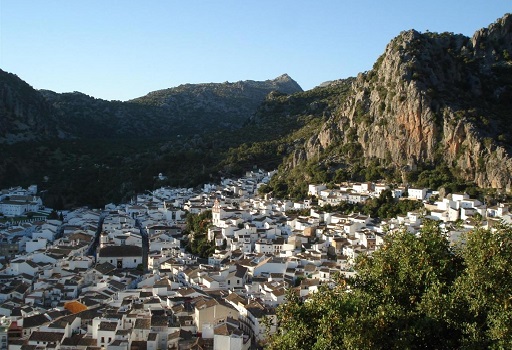
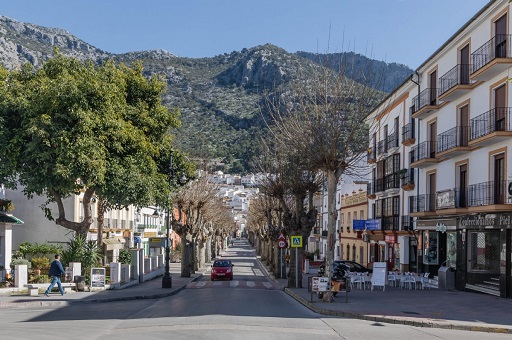
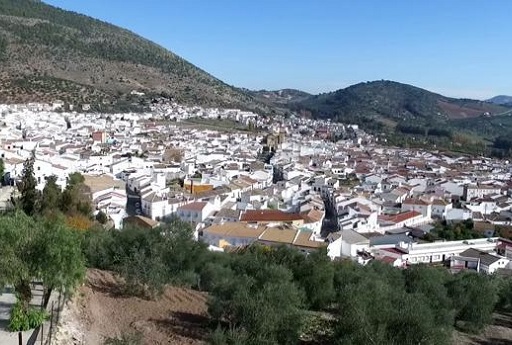
Ubrique
Ubrique is located at the convergence of the natural parks of Grazalema and Los Alcornocales., declared Historic Set. Its Roman origin is attested by the old Roman road between Ubrique and Benaocaz and, above all, for the valuable deposit of shock, with a columbarium-type funerary monument of which there are very few parallels in the Iberian Peninsula. The remains of the Fortaleza de Cardela or Castillo de Fátima have survived from Muslim culture. (s. XII). Its historic center with a medieval layout has narrow streets, picturesque corners, beautiful squares with fountains such as the baroque Fuente Pública and the Andalusí de los Nueve Caños and good examples of the baroque such as the churches of San Antonio, San Juan de Letrán and the Capuchin Convent Ubrique complements its leisure offer with hiking trails, places for fishing, hunting or bird watching and the vibrant Subida a Ubrique Rally “Legitimate Ubrique”.
Below we provide an itinerary with the main places of interest:
The Route of the Viewpoints It is easily accessible and of low difficulty that runs mostly through the Old Town and, for the most daring, surrounds Ubrique at its four cardinal points. Although at first they seem strong increases, taking a breath and slowly, they are the daily step of all ubriqueños. There are seven viewpoints plus the Plaza del 28 of February and the main entrance to the municipality, from which you can see a spectacular landscape:
- Summit viewpoint, is accessed through “the road” that begins at the Fountain of the Nine Spouts, very close to the Capuchin Convent.
- Viewpoint of the Hermitage of San Antonio.
- High Ubrique viewpoint.
- Viewpoint of the Hermitage of Calvary.
- Mirador “Old Dog Vineyard”, from which you can see the part of Ubrique where the European Long-Distance Path GR7 Peloponnese passes – Rate.
- Viewpoint in Los Olivares, next to the new bullring (in Avda. Sebastián ” The duck “).
- Mojón de la Víbora viewpoint, road to Cortes de la Frontera, a spectacular landscape of Ubrique seen from the south.
Algodonales
In the shadow of the Sierra de Líjar is this charming white town with streets full of orange trees and animated by the murmur of its twelve fountains., among them the Algarrobo. To the prehistoric sites of Cueva Santa, singe, Castillejo and the Cerro de la Botinera are added monuments such as the Parish Church of Santa Ana, late baroque style ensemble with neoclassical elements. Also noteworthy are the hermitages of Jesús Nazareno and that of the Virgencita and, outside, the Hermitage of the Conception (s. XVIII) and the flour mills.
If you have time, it is worth approaching the district of La Muela, to contemplate from the tops of the land of Líjar the flight of the griffon vultures. Due to its privileged geographical enclave and its climate, Algodonales has also become a sanctuary for lovers of air sports.
Route through the beaches of Cádiz
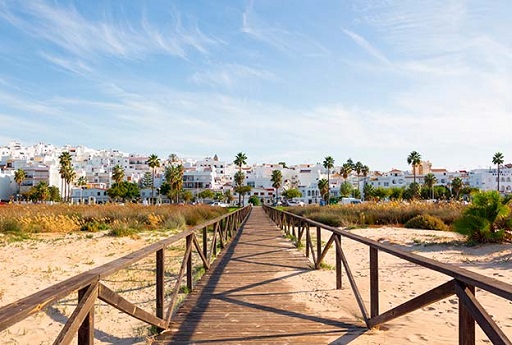
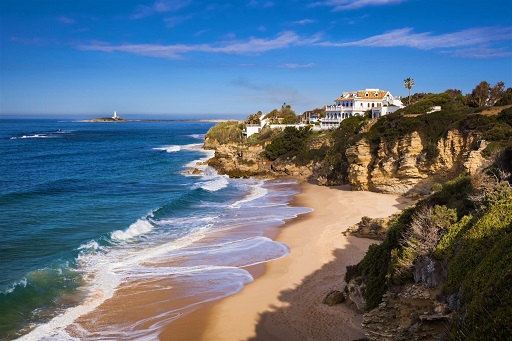
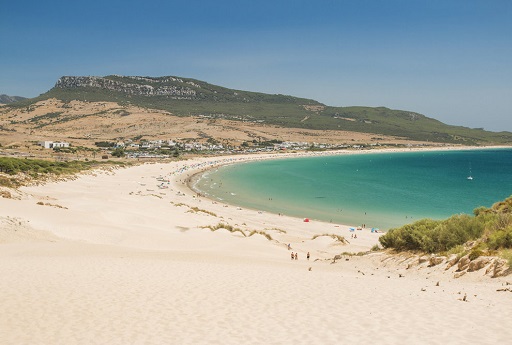
Conil de la Frontera
After getting to know the beaches and coves of Conil de la Frontera, we want to propose other almost obligatory visits to the Costa de la Luz. In it you can enjoy the beach of La Fontanilla and Cala del Aceite.
Always
Shallow beach (ideal children), low swell, of fine golden sand. It has little parking. It has restaurants, accommodation in hostels and houses for rent in Zahora are offered by individuals.
The Caños de Meca
Continuing our way we will arrive at Los Caños de Meca, a small district that is located at the foot of Cape Trafalgar and extends to the Breña Natural Park and the Barbate Marshes. Known throughout the world for the influence of the hippie movement in the 70's, Today that socio-cultural environment is still preserved and it is common to find craft stalls on the beach itself.. An ideal enclave also to enjoy nature, tranquility and to practice sports such as diving or surfing.
Zahara de los Atunes
In Zahara de los Atunes is the Beach of the Germans, a beautiful cove that receives this name because, according to the writer Javier Compás, German refugees lived at the end of the war. A paradise worth enjoying.
Rate
We reached the end of our journey, Rate. From this point on the map where the Mediterranean Sea and the Atlantic Ocean meet, the neighboring city of Tangier can be perfectly appreciated. its historic center, Valdevaqueros Beach or Punta Paloma, a boat trip for whale watching or the possibility of kitesurfing, These are just some of the attractions offered by this town situated 66 kilometers from Conil.
Bologna
If you like that of merging history and nature we cannot forget to visit the Ruins of Baelo Claudia in Bologna, an ancient Roman city that is preserved in very good condition. I recommend you attend the dramatized visits that they organize during the nights of the summer months because it is a magical experience., stars, mar, the story. Bolonia beach is also noteworthy for its almost virgin state, and because if we walk west we can get lost in some nooks and crannies with natural pools that very few have explored.